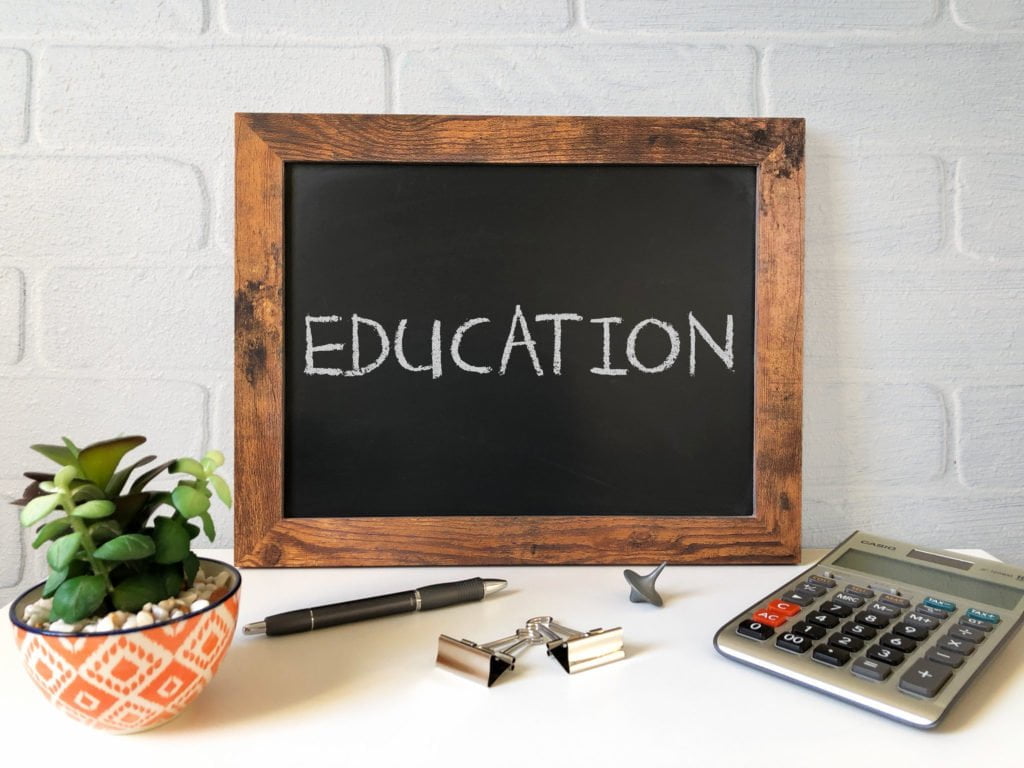Some teachers and parents worry that they are not giving the best to their students/children based on the results of academic exams and other standardised tests.
They feel like they’re failing some of the children, and that they aren’t making the most out of their academic experience. My parents were both teachers and would frequently talk about the fact that not everyone learns at the same pace and has the same results. They also felt that the system itself was letting students down and that they taught children who would have achieved so much more with even just a few tweaks to the system.

Focus on experience-based learning
The problem with some settings is they dwell mainly on ‘lectures’ and concept-based learning. These strategies might work for children who think in an abstract manner and love to listen to lectures. It’s a problem for students who don’t see the point of memorising concepts without seeing their practical application. Therefore, schools should start moving towards this approach so that everyone understands the connection between their learning inside the class and the external environment.
The number of times I’ve met adults who are insanely clever but have zero commonsense or sense of day-to-day reality is quite staggering.
Students need to be independent learners

Another problem with some educational settings and systems, is that they tend to become babysitters instead of mentors. My parents felt that there were so many other issues in the inner city schools they taught in for years, that they almost didn’t have time to ‘teach’ some days.
There often aren’t the opportunities for students to learn on their own. As a result, they become too dependent. When the time comes that they’re on their own, like when answering tests and sitting exams, they fail. Many only work well when they get assistance from adults.
Varying the teaching strategies
Many children have a have a very short attention span, and they don’t want to hear the same things over and over again. They want a wide variety of activities to enjoy, and they want to learn in different ways.
You might introduce some concepts through a mini lecture for a few minutes and allow the kids to experiment for the next couple of minutes. They will remember the lessons better when they don’t need to sit and absorb information for several hours a day.
Also, taking learning outside can be hugely beneficial. There is no reason why the bulk of what is learnt indoors can’t be taught outside too.
Maximise the use of technology

Teachers don’t have to be the only source of information inside the classroom. It’s also possible for students to get information from other sources like the internet, and of course each other.
As long as teachers guide the students as they explore ideas online, the benefits can be huge. Another option is to use educational apps as they supplement the knowledge that students gain from the class. If they need help in maths or grammar, these apps could provide the support they need to improve quickly. Teachers can also track their results over time and things like this can also be used in the home.
Allow children to determine what’s best for them
Instead of dictating the curriculum to follow, wouldn’t it be great if students could get involved in the planning? When they’re involved in designing the lessons, it helps them learn quickly and become more engaged. They feel invested in the lesson because they were a part of its design. They will also strive harder to prove that they were right.
There are some exciting changes coming to the Welsh Curriculum, which I find really encouraging. Changes need to happen in school systems as lots of students don’t see the value of going to school. We need to live in a world where everyone sees the value of education and enjoys going to learn and develop.

